Written By Chad Akselrad, CRPC®
September is Life Insurance Awareness Month. As retirement leaders, we at Thrive are committed to providing more education and awareness on products and services that can only benefit and empower clients to act.
Certain stages in life may include life insurance planning, whether it’s to protect your mortgage, replace income, or as a matter of convenience when enrolling in benefits at a new job. What is common in the financial services industry is that most products are “sold” without a full understanding of what you’re buying. It could also involve confusing “industry jargon” where the professional may not be educating the client on the overall process of life insurance planning.
We feel that in the interest of education and awareness, the best approach is giving an overview of how life insurance works to educate our community and to let individuals know about important topics such as this.
Life 101 – The Definition of Life Insurance
Life insurance is a contract between an insurance policyholder and an insurer or assurer, where the insurer promises to pay a designated beneficiary a sum of money upon the death of an insured person. Depending on the contract, other events, such as terminal illness or critical illness, can also trigger payment. In most cases, this benefit would be income tax-free to the beneficiary.
There are many different reasons that one would need life insurance. The simplest reason is if you are married, have kids, or a mortgage. If you have at least 1 out of these 3, it could be beneficial to have some sort of coverage.
The First Type – Temporary
It is commonly known as term insurance. This is insurance that has a level death benefit with a level premium for usually up to 30 years. As you progress through life, this can be a cost-effective option if you pass away.
This will keep your family in the same world they have grown accustomed to living. Emotional wounds mend over time, but the financial burden of losing that provider can be alleviated right away.
The Second Type – Permanent
This type is known as whole life or sometimes universal life, where you have a level premium for the life of the contract when you pass away. The difference between this type and term is that it can carry a cash value. Cash value is a portion of the premium that can grow over time in various ways. It can help supplement and tax diversify retirement income, pay for long-term care expenses and be a safer addition to your investment portfolio. Much more planning might be involved with this type as it provides a much wider range of options, including estate planning.
These are just the two basic types, but they can get confusing and overwhelming. It is our mission to make the complex simpler by educating and providing more awareness before a decision is made to implement a solution. What has to be determined first is what problem this is solving.
Life Insurance Awareness Month happens once a year, but the need for financial security never stops. Getting the facts about life insurance can help you rest easier knowing that your family is protected when they need it most.






